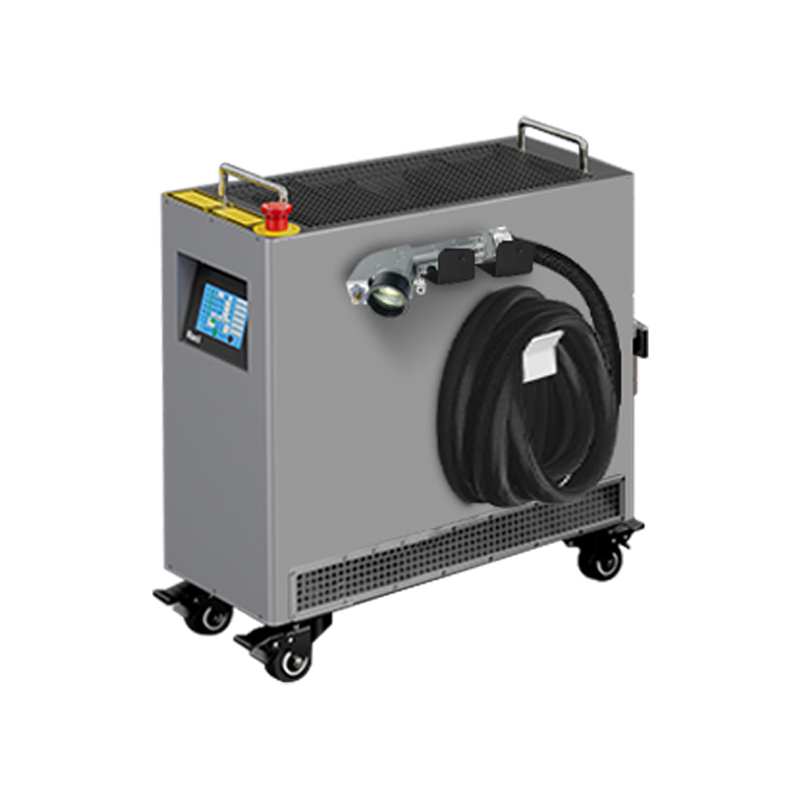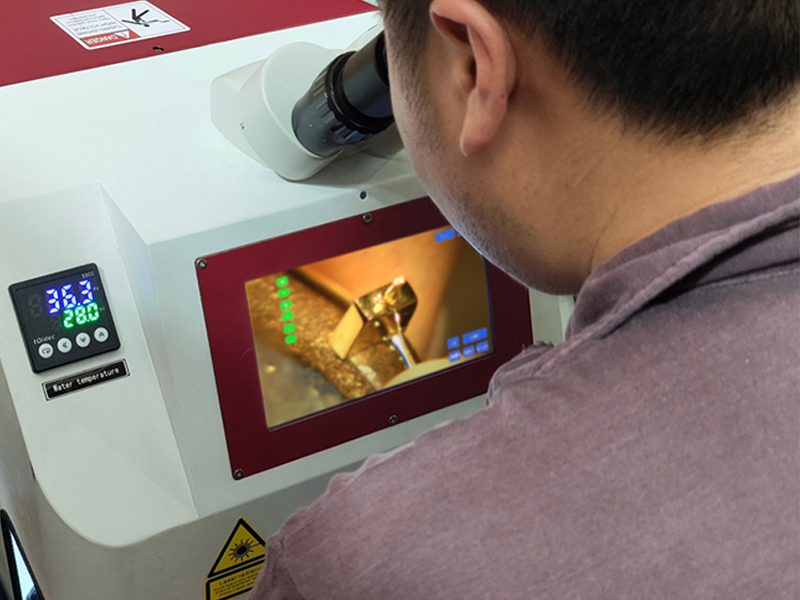Laser Cleaning Machine Usage Cost Analysis: Saving Money or Burning Cash?
Laser cleaning machines have emerged as an innovative and efficient alternative to traditional cleaning methods such as chemical cleaning, sandblasting, and ultrasonic cleaning. They are widely used in industries requiring precision cleaning, rust removal, and surface preparation. However, businesses often question whether the cost of using a laser cleaning machine is justified. Is it a money-saving investment or an expensive technology that drains financial resources?
In this article, we will analyze the costs associated with operating a laser cleaning machine, compare it with traditional cleaning methods, and determine which enterprises benefit most from this technology. Finally, we will assess whether purchasing a laser cleaning machine is a worthwhile investment.
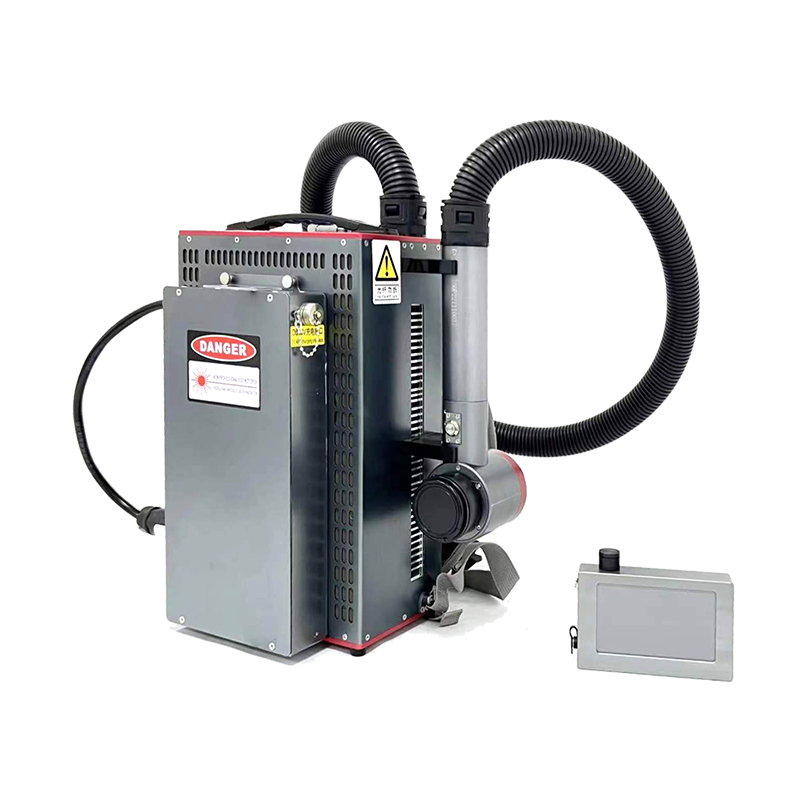
Operational Costs of Laser Cleaning Machines
The total cost of owning and operating a laser cleaning machine encompasses several key components, each contributing to the overall financial equation.
Equipment Purchase Cost
The initial purchase cost of a laser cleaning machine varies depending on factors such as power, brand, and technology. Generally, the price range is as follows:
- Low-power models (20W–100W): $5,000 – $20,000
- Medium-power models (100W–500W): $20,000 – $60,000
- High-power industrial models (500W–2000W+): $60,000 – $200,000+
While the upfront investment is significant, many businesses recover costs over time due to the machine’s efficiency and low maintenance needs.
Running Energy Consumption Cost
Unlike traditional cleaning methods that require consumables like chemicals or abrasive materials, laser cleaning relies only on electricity. The power consumption depends on the machine’s wattage:
- Low-power laser cleaners (~100W): Consume around 1-2 kWh per hour.
- High-power laser cleaners (1000W+): Consume 10-15 kWh per hour.
Assuming an average electricity rate of $0.10 per kWh, the running cost for a 1000W machine would be approximately $1 – $1.50 per hour—considerably lower than the cost of continuously purchasing chemicals or sandblasting materials.
Maintenance and Upkeep Costs
Laser cleaning machines have relatively low maintenance costs compared to traditional cleaning systems. The primary components that require maintenance include:
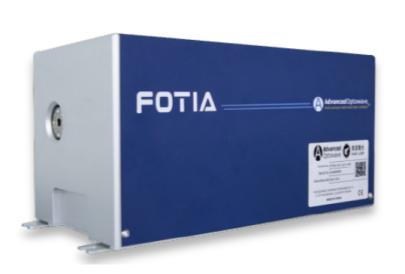
- Laser source: Lifespan of 50,000 – 100,000 hours, requiring minimal servicing.
- Optical components (lenses, mirrors): Require occasional cleaning or replacement.
- Cooling system: Industrial-grade systems may need periodic coolant replacement.
Labor Costs
Laser cleaning machines are highly automated, reducing the need for manual labor. A single operator can handle an industrial laser cleaner, whereas traditional cleaning methods often require multiple workers. The labor savings can be substantial, especially in regions with high labor costs.
Cost Comparison: Laser Cleaning vs. Traditional Cleaning Methods
To truly understand the economic advantages or disadvantages of laser cleaning, a direct comparison with traditional cleaning methods is necessary.
Laser Cleaning vs. Chemical Cleaning
| Factor | Laser Cleaning | Chemical Cleaning |
| Cost | High initial investment, low operating cost (electricity only) | Ongoing cost of chemicals, disposal fees |
| Environmental Impact | Eco-friendly, no hazardous waste | Generates hazardous waste, requiring proper disposal |
| Health & Safety | Safe, minimal PPE required | Chemical exposure risks, requires protective gear |
| Efficiency | High precision, non-contact cleaning | Effective but may damage delicate surfaces |
Laser Cleaning vs. Sandblasting
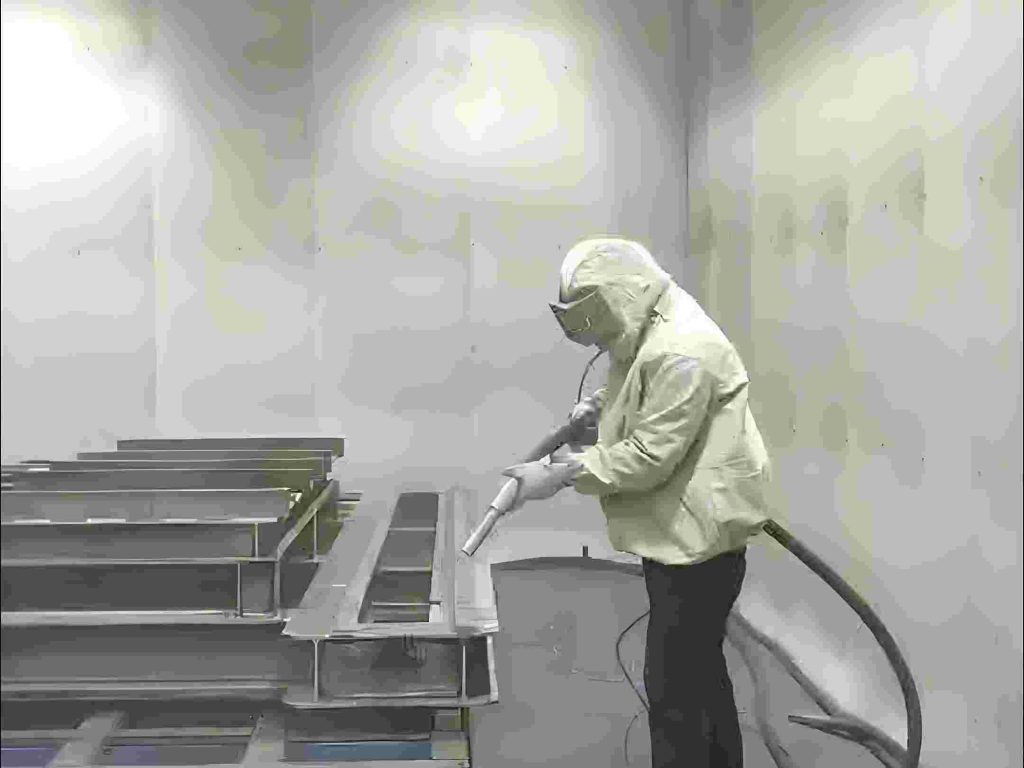
| Factor | Laser Cleaning | Sandblasting |
| Cost | High initial investment, low operational cost | Ongoing cost of abrasive materials, equipment wear |
| Environmental Impact | Dust-free, no secondary waste | Produces dust and debris, requires containment |
| Health & Safety | Minimal PPE required, safer for workers | Respiratory hazards, requires extensive PPE |
| Efficiency | Non-contact, precise cleaning | Fast but may erode the material surface |
Laser Cleaning vs. Ultrasonic Cleaning
| Factor | Laser Cleaning | Ultrasonic Cleaning |
| Cost | High initial investment, low electricity cost | Cost of cleaning solutions, water, and electricity |
| Environmental Impact | No liquid waste, eco-friendly | Requires special detergents, wastewater disposal needed |
| Health & Safety | Safe, no chemical handling | Safe for small parts but involves liquid handling |
| Efficiency | Effective for large and small surfaces | Effective for small components, limited scalability |
Which Enterprises Are Suitable for Investing in Laser Cleaning Machines?
The economic benefits of laser cleaning machines are not universally applicable. Certain types of enterprises are particularly well-suited to leverage the advantages of this technology.
High Value-Added Product Processing
Industries dealing with high-precision components, such as aerospace, medical devices, and electronics manufacturing, benefit significantly from laser cleaning. The technology provides a non-contact, precise cleaning method that preserves material integrity.
Environmentally Sensitive and High-Pressure Industries
Businesses operating in industries with strict environmental regulations, such as automotive and semiconductor manufacturing, can avoid hazardous waste disposal issues associated with chemical cleaning and sandblasting.
High-Frequency Cleaning Demands
Companies that require continuous surface cleaning, such as mold manufacturers, railway maintenance services, and heavy machinery industries, gain cost advantages from laser cleaning’s durability and efficiency.
Labor Cost-Sensitive Regions
Regions with high labor costs, such as North America and Western Europe, can offset labor expenses through automation provided by laser cleaning machines. The reduced need for manual labor translates to long-term savings.
Is a Laser Cleaning Machine Actually Worth Buying?
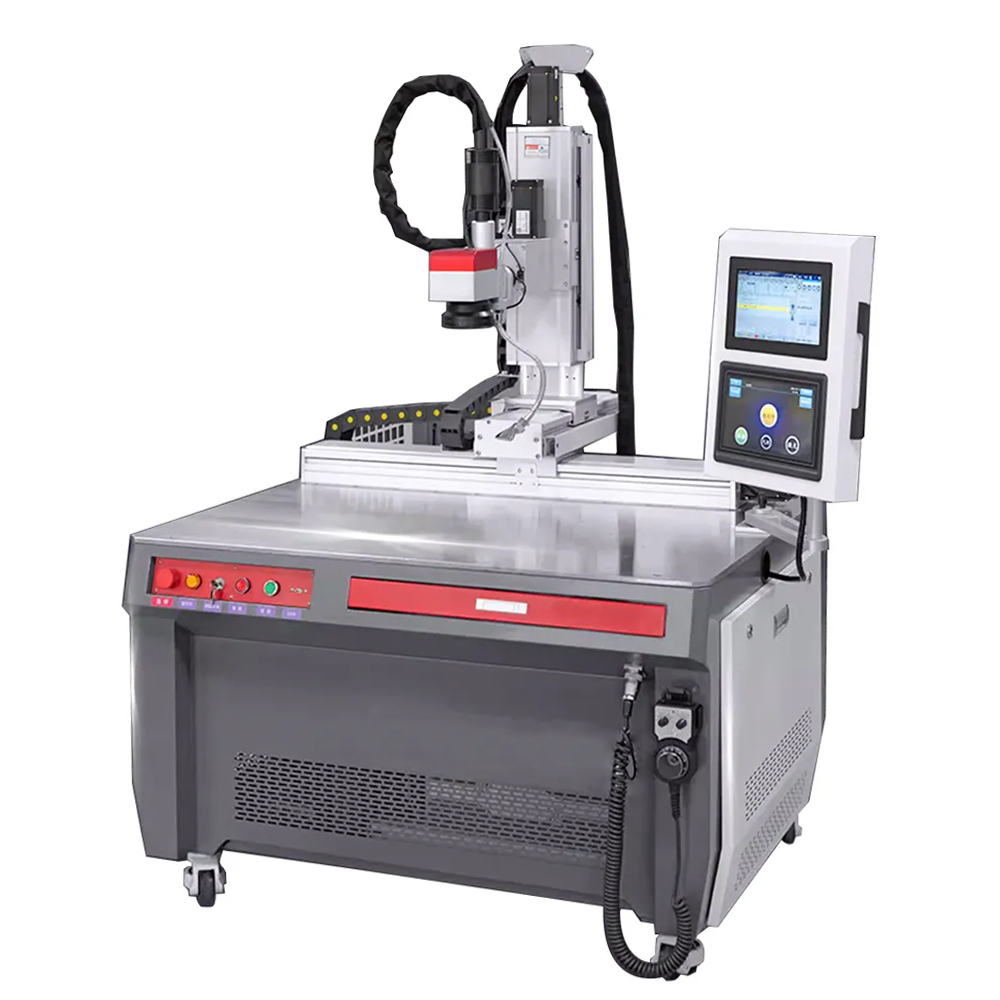
The decision to invest in a laser cleaning machine depends on several factors:
Advantages:
✔ Lower Long-Term Costs: Minimal consumables, reduced labor, and energy efficiency contribute to long-term savings.
✔ Eco-Friendly Solution: No chemical waste, dust-free cleaning, and compliance with environmental regulations.
✔ Versatility: Suitable for rust removal, paint stripping, surface preparation, and more.
✔ Precision and Non-Destructive Cleaning: Ideal for delicate materials and high-value components.
Potential Downsides:
❌ High Initial Investment: The upfront cost may be a barrier for small businesses.
❌ Not Ideal for All Materials: Certain materials may require alternative cleaning methods.
❌ Limited Effectiveness on Thick Contaminants: Heavy coatings may require multiple passes, affecting processing speed.
For industries characterized by frequent cleaning needs, high labor costs, and stringent environmental regulations, laser cleaning machines present a cost-effective long-term solution. While the initial investment is substantial, the savings accrued from reduced consumables, labor, and maintenance expenses make it a worthwhile investment for many enterprises. However, for smaller businesses with less frequent cleaning demands, traditional cleaning methods may still represent a more practical choice.
If you are considering upgrading your cleaning processes, evaluating your specific industry requirements and cost structure will be instrumental in determining whether a laser cleaning machine is the right investment for you. In the meantime, you can contact us for professional advice.
Recommended Products


